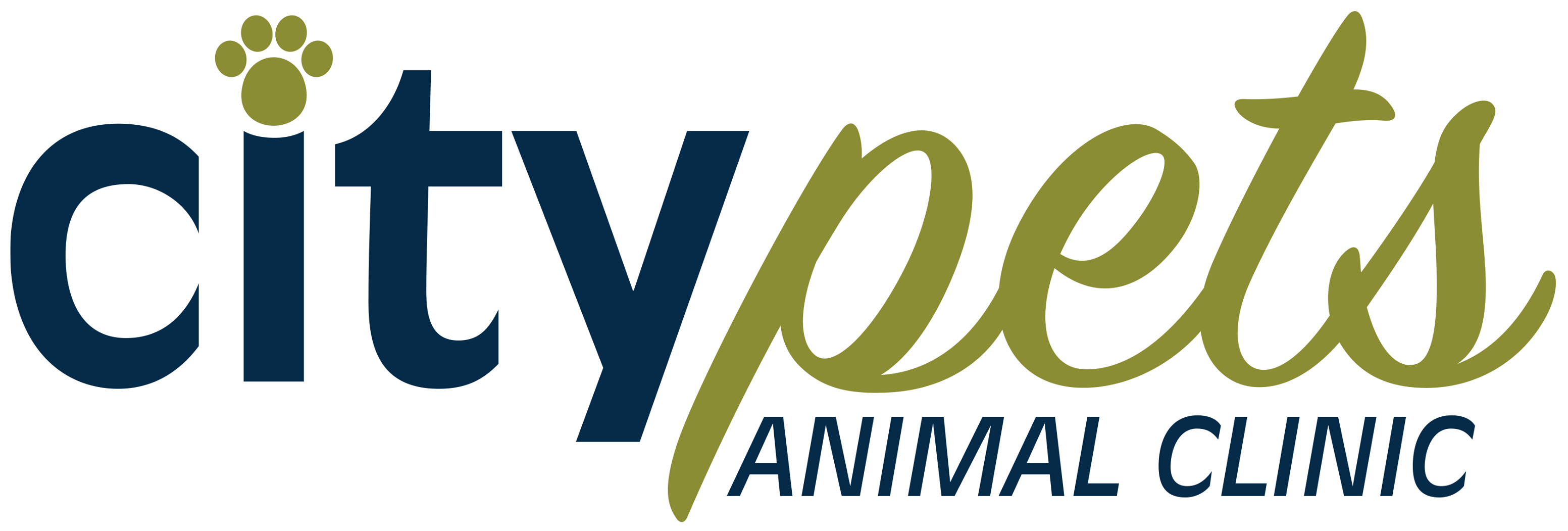Library
-
Sometimes, the location of your dog’s wound or the amount of skin lost can prevent surgical closure or bandaging. This handout describes general guidelines for proper care of your dog's open wound at home; your veterinarian can provide you with specific instructions.
-
Raising orphan puppies requires great care, time, and vigilance. Puppies must be kept at appropriate temperatures and humidity levels. Orphaned puppies need to be fed appropriate amounts of a commercial puppy milk replacer at regular intervals and can be fed by bottle or feeding tube. This article provides care guidelines. A veterinarian should be consulted early and frequently throughout the first 6–8 weeks of life.
-
Inside the eye is a lens that focuses light on the back of the eye, or retina. Vision occurs at the retina. The structure of the eye is similar to a camera, which has a lens to focus light on the film. A cloudy or opaque lens is called a cataract.
-
Cervical vertebral instability (wobbler syndrome) is caused by compression of the spinal cord, usually at the base of the neck. Although the spinal cord compression occurs in the neck, the hind legs are often affected first. In severe cases, the dog may suddenly develop total paralysis of all four limbs. The condition is most prevalent in Great Danes and Doberman Pinschers. Most pets enjoy a relatively normal lifestyle following surgery.
-
A cesarean section is a surgery to remove kittens from the uterus and is most commonly performed as an emergency procedure when there is difficulty with natural birth. During the immediate recovery period, the mother and kittens must be closely monitored and begin eating/nursing within a few hours. If you have any concerns about their health, you should immediately have your veterinarian examine the kittens and their mother.
-
Chemotherapy drugs are used to treat cancer and other conditions in people and animals, and often target and kill rapidly dividing cancer cells, but normal, healthy cells that grow quickly may also be affected. Side effects of ingestion can include stomach upset, neurological signs, bone marrow suppression, and organ damage.
-
Chlorfenapyr poisoning is suspected if a pet has access to this pesticide and subsequently develops expected signs; it should also be suspected in a pet exhibiting signs and at risk of malicious poisoning. Pets that develop clinical signs following chlorfenapyr ingestion are unlikely to survive and chronic complications may be present for survivors.
-
Chocolate is toxic to dogs. While rarely fatal, chocolate ingestion often results in significant illness. Chocolate is toxic because it contains the alkaloid theobromine. Theobromine is like caffeine and is used medicinally as a diuretic, heart stimulant, blood vessel dilator, and muscle relaxant.
-
Cholecalciferol (vitamin D3) has become increasingly more common as a residential rodenticide. While it may seem like a safer option than anticoagulants, there is no antidote available and the amount in a single block is a severe overdose in nearly all animals. This handout discusses clinical signs, treatments, and prognosis for cholecalciferol poisoning in pets.
-
Congestive heart failure (CHF) refers to the heart's inability to pump adequate blood to the body. There are many causes of CHF in dogs. The two most common causes are mitral valve insufficiency (MVI), or a leaky mitral valve, and dilated cardiomyopathy (DCM). The most common clinical sign of CHF is persistent coughing accompanied by difficulty breathing. Other signs include coughing when at rest or sleeping, an increased resting respiratory rate or excessive panting, persistent loss of appetite, a swollen belly, and pale or bluish gums.

